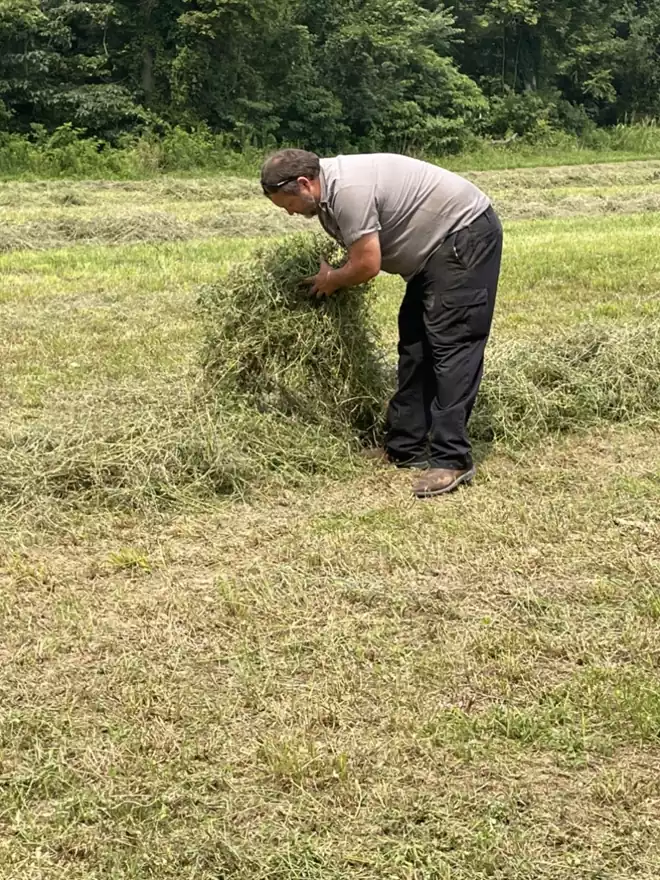- Soil structure (sandy soils or heavy clay soils)
- Lack of moisture – nutrients must be in a solution form (moisture) in order to be absorbed by the root.
- Compaction and soil pH can also influence the availability of soil applied nutrients.
- Lack of organic matter and inactive soil biology can limit nutrient availability.
- Nutrients can be “tied up” in the soil with other elements and not be available to the plant.
- Waterlogged soils and cool temperatures can also affect nutrient availability.
Have you ever asked yourself…”How much of the fertilizer I applied, is actually getting utilized by the crop? We suggest a base saturation soil test and to amend accordingly. We also suggest THINK SOIL FIRST!
Utilize products that will help you:
- Improve soil structure
- Convert organic matter
- Increase moisture holding capacity of your soil
- Address compaction issues
- Enhance soil biology
- Allow for better drainage
- Better utilize applied nutrients
 Healthy Soil Drives Higher Yields
Healthy Soil Drives Higher Yields
Cassidy Million, Ph.D.
VP Ag Science, Heliae AG
Optimizing soil health is vital for higher yields. Growers must support the physical, biological, and chemical properties of the soil in order to improve its structure, water productivity and storage, nutrient cycling, and overall crop productivity. Often overlooked, biological integrity or soil health, driven by active microbes, is the key to improve soil health and quality.
Soil microbes, particularly bacteria and fungi, play a crucial role in enhancing soil structure, water holding capacity and nutrient cycling. However, in many fields, around 75% of these microbes remain dormant or asleep. Adopting practices like reduced tillage, cover cropping, incorporating manures and compost, utilizing carbon products such as humic acid to improve soil structure and nutrient retention, or feeding the existing biology in the soil can aid in improving soil biology and soil health. Products like PhycoTerra®, a microalgae-based solution, provide a balanced nutritional boost, breaking microbes out of dormancy and revitalizing soil health.
Expert advice from retailers, certified crop advisors, or agronomists is essential. Similar to nutrient inputs, a holistic approach – diversifying inputs based on mode of action and environmental needs – increases success in the field.




